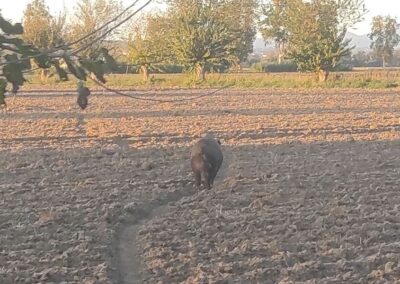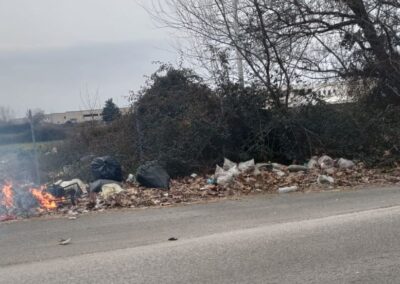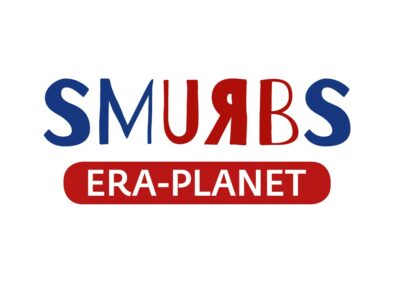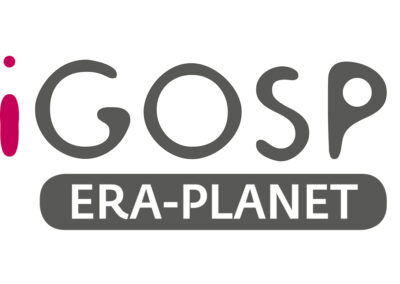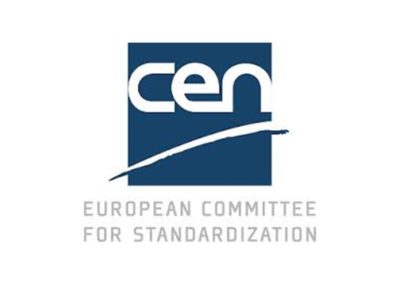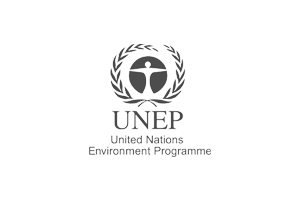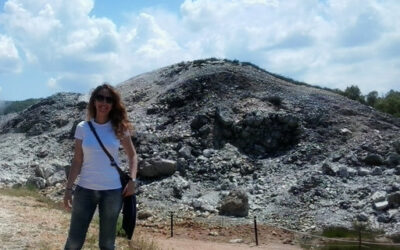Cycle of pollutants at different spatial scales also in relation to the effects of climate change
Area Skills
Understanding the mechanisms of impact of the emissions of pollutants into the atmosphere from anthropogenic and natural sources on the quality and sustainability of ecosystems, as well as on the health of citizens, means knowing the cycle of pollutants that are divided between various ecosystems.
Within the framework of European regulations and international treaties, an important priority is the study of the cycle of persistent (long residence times in the atmosphere) and toxic pollutants present in the atmosphere. These include POPs (persistent organic pollutants) and Hg (mercury), which can be distributed among various ecosystems as the meteorological conditions and anthropogenic environmental pressures vary.
Area contact: Francesco De Simone
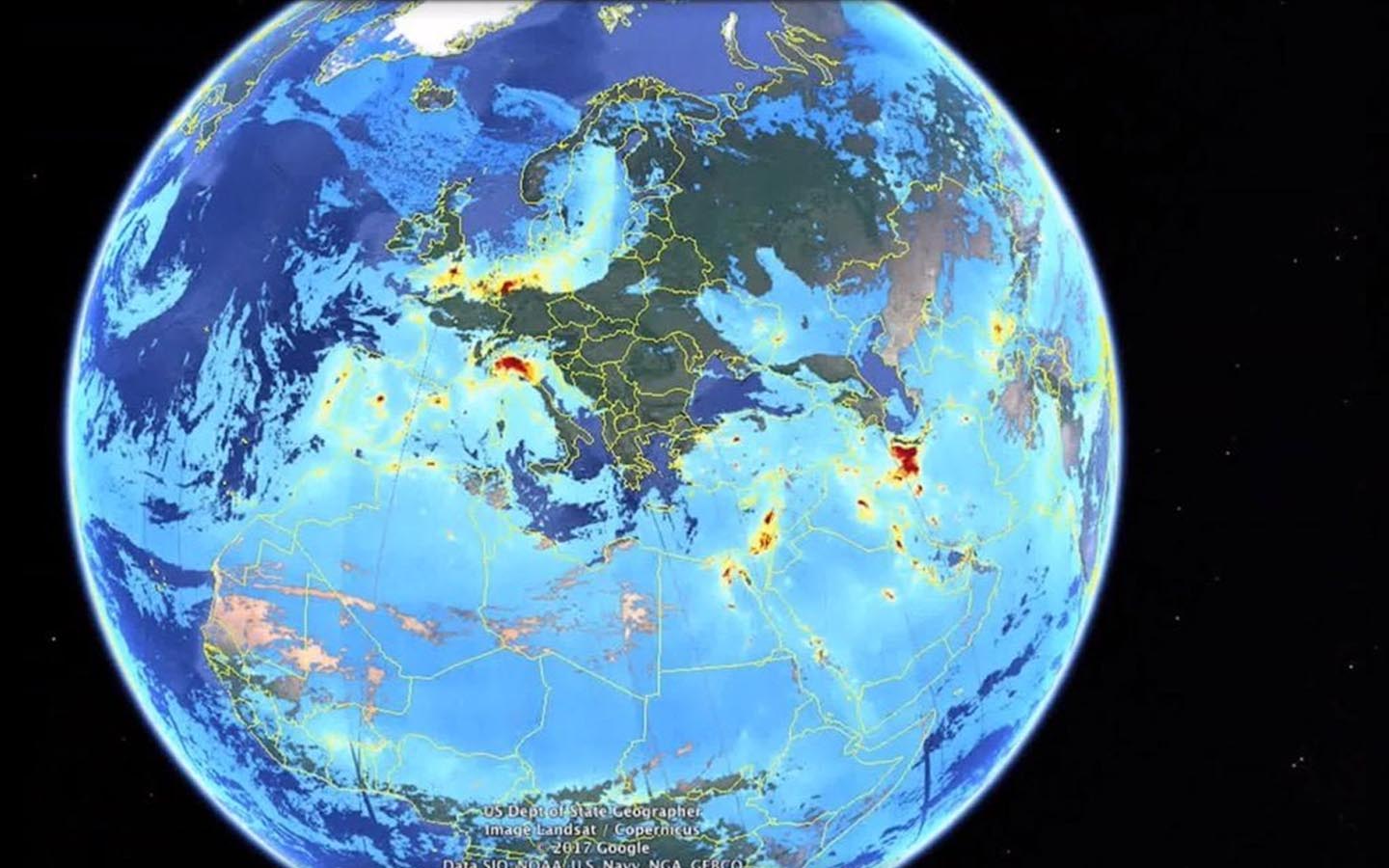
Study of the dynamics of pollutants present in the various environmental ecosystems and mass transfer of the same to the atmosphere-water-soil-snow-ice interfaces on a regional and global scale.
The general objective is to study the space-time variability of the various mechanisms that most influence the cycle of pollutants between various ecosystems, and in particular:
- the variability of residence times in the atmosphere of inorganic and organic pollutants (ie, Hg, O3, BVOC, NOx, HONO, halogens) and related (photo) chemical-physical processes that influence the oxidative properties of the troposphere and the mechanisms of depletion;
- gas-phase exchange flows and mass balances at the interfaces (ie, air-water, air-snow, air-ice);
- the processes of dry and wet atmospheric deposition and the variability of the vertical profiles of the concentrations of the major pollutants in the troposphere at different latitudes.
The knowledge of these processes is essential to develop and validate the atmospheric numerical models used in the analysis of socio-economic-environmental scenarios adopted to mitigate the risks deriving from the emissions of pollutants on populations and on the quality of aquatic and terrestrial ecosystems. Furthermore, as part of European and international programs and projects, innovative sampling systems and observational systems on a global scale are developed for persistent pollutants such as Hg, as well as databases and interoperable systems to support international conventions and programs.
Research area capacity
The work area of "Cycle of pollutants at different spatial scales" is located in Rende (Cosenza) and has 25 units of structured personnel who cooperate with fellows and fellows, collaborating compactly and reflecting the work on the entire Institute that is finds to pursue national and international scientific research and technological development activities.
LABORATORIES AND INSTRUMENTS
Lampedusa Observatory
Study of air quality at the Massimo Rinaldi refuge (Terminilletto)
Terminillo Observatory
Study of air quality at the Massimo Rinaldi refuge (Terminilletto)
Atmosphere Observatory on Monte Curcio
The GAW site of Monte Curcio managed by the IIA has equipped itself with a new portal in order to guarantee greater interaction with the scientific community and with political decision-makers
Mobile laboratory Ambient air
Characteristics of the mobile laboratory: The compartment used as a laboratory is air-conditioned, is equipped with internal lighting and is thermally insulated. It is 1.85 meters wide, 2.95 meters long and 2.20 meters high. The mobile laboratory is designed to house the instrumentation for ...
area projects in evidence
programs
GEO
GEO Italy
The GEO Work Plan 2012-2015 includes the Health Task on Tracking Pollutants (HE-02)





